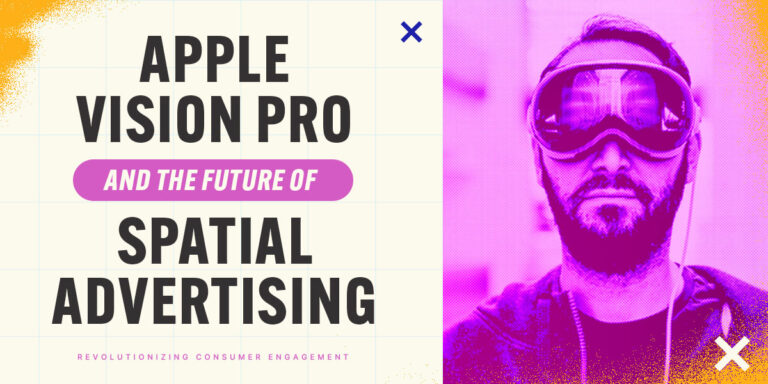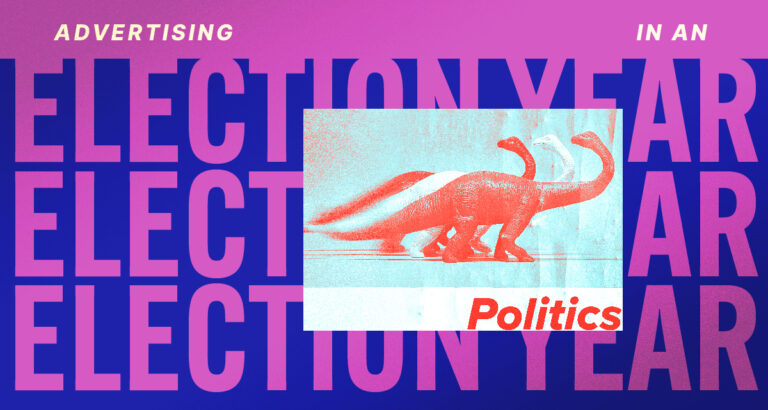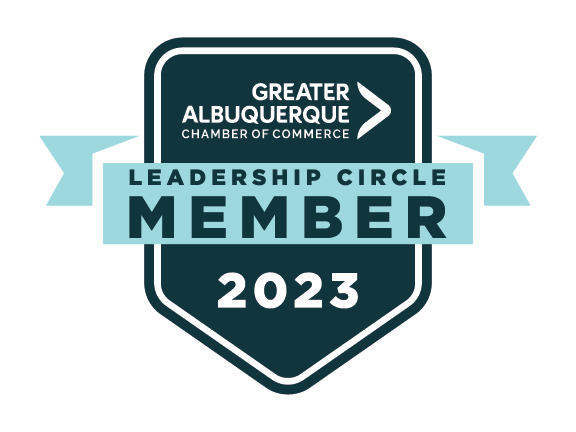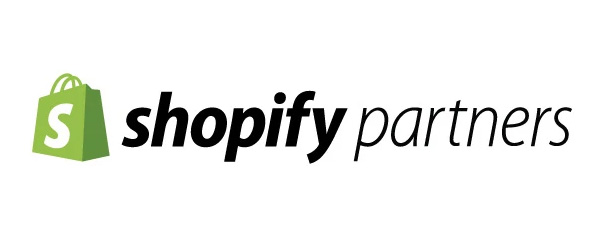As we all know by now, COVID-19 has changed everything, including how brands communicate and connect with their audiences. In our last blog post, we shared recent research done by Aprajita Kalyani and Saachi Asthana that can help you navigate when and what to communicate with your customers in a post-COVID world. However, how you say something can be even more important that what you say, so this week we’ll dive into the section of their paper that covers tone of communications in a post-COVID world.
Kalyani and Asthana studied the tone and voice successful brands have been using in their messaging since the start of the pandemic. They identified five key “codes” of communication that can help brands find a positive reception and encourage customer retention of messages. These are threads you can weave throughout your communications strategy, from individual ad placements and social posts, to entirely new campaigns and messaging platforms.
Comfort
Nostalgia is a powerful emotion that can be triggered by a variety of things, including sights, smells and sounds. Think about the success of “Throwback Thursday (TBT)” on Instagram, or the recent popularity of classic childhood board games.
So how do you translate nostalgia into your brand’s messaging? Consider bringing back old taglines, symbols, logos and even color schemes that your audience will recognize from the past. If you’re a new brand, think about how you can connect your messaging with products and cultural moments that evoke nostalgia for your target market.
Connection is among the most important aspects of our lives as humans. We are, at heart, social beings. During trying times, we tend to turn to close family and friends to help us through. These relationships are the glue that holds us together. COVID-19 has posed a unique problem because it has forced us to physically distance from those who are closest to us. This has paved the way for new apps and platforms like Houseparty and Netflix Party that help us connect virtually. Even within our households we’re finding new ways to connect over things like cards, board games and cooking.
It’s important for brands to find ways to find ways to tap into these feelings of connection, too. Budweiser accomplished this by bringing back its popular ‘Wassup’ ad series and revamping it with a social distancing message. The ad simply highlighted the importance of keeping in touch with those important to you.
Dove Men + Care accomplished this with a new ‘Dad On’ ad series that highlighted a brighter side of the pandemic: men spending more quality time with their small children. It seamlessly tapped into the theme of connection without a heavy hand.
Compassion
Times of crisis remind us of our compassion and encourage us to reach out and work to make our communities better places. COVID is a unique threat in that it affects all of us—no one is immune to the virus. Research has shown that when faced with a common threat, people act with a shared sense of togetherness. Brands can play a part in encouraging communities to come together by highlighting acts of kindness and showcasing how individuals and groups have gone above and beyond.
In New Zealand, AMI insurance accomplished this with its “Kindness is Everything” campaign, which celebrated the kindness Kiwis have shown to each other throughout the pandemic. By showing the world that people would like to live in, brands can both connect with audiences and help bring that world about.
Contribution and Participation
In the face of a worldwide pandemic, it is easy to feel powerless. That’s one of the many reasons COVID-19 has had such a negative impact on everyone’s mental health. People need to believe they can make a difference and that their actions can have positive effects. Brands can help consumers answer that question we have all been asking: What can I do to help?
During World War II, it was government agencies that sought to inspire everyone to do what they could to make a difference. Think about the famous Rosie the Riveter ad campaign that encouraged women to work outside the home to support the war effort. During COVID, it has been brands using their platforms to motivate consumers to make difference by staying inside.
Nike is just one of many brands that took up a role in encouraging social distancing with an ad campaign that celebrated the creative ways people found to exercise and practice sports in different parts of their homes.
Humor
We’ve all heard that laughter is the best medicine, and it’s true. It’s a coping strategy that has been proven to help us maintain mental well-being and even physical health. Humor gives us all a sense of agency in situations that makes us feel powerless.
While humor can be useful in connecting with audiences, it’s important for brands to approach it carefully because the line between funny and insensitive can be a fine one. Remember to always laugh with people, and never at them. It’s also important for there to be some distance from an event before humor is introduced, which is why we saw brands begin using humor only after the initial shock of the pandemic had passed and people had settled into quarantine.
One example of a funny ad that found that balance is from Rossman, a German pharmacy chain. The spot highlights what nightlife became during the crisis. In it, Rossmann takes the place of a club. The story highlighted the strange new excitement everyone felt when leaving the house to purchase essentials.
Gratitude
Gratitude is what allows us to focus on and be thankful for what we have, instead of always focusing on what we lack. Multiple studies have shown that the act of being grateful has positive effects on our mental and physical health. While this can seem difficult to do during a pandemic, it’s more important than ever to practice it during difficult times. Brands can help reinforce a sense of gratitude with messages that highlight thankfulness for frontline workers, customers, employees and others.
During the height of COVID, Google used its front-page doodles to thank food-service workers, healthcare workers and others.
Dove showed thanks for frontline workers with its ‘Courage is Beautiful’ campaign, which sought to change the narrative around beauty by showcasing the faces of frontline workers—and the marks their protective gear can leave on them. At its core, these were messages of gratitude for healthcare workers that tied in neatly with Dove’s overarching campaign around beauty standards.
Brands may feel that these “codes” of communication are already irrelevant as lockdowns have begun to ease. The authors of the paper, however, stress that COVID is going to have a long-term impact on the way we live our lives. It has forced a shift in perspective that is not going away anytime soon, regardless of whether quarantines are in place or not.
“This crisis is a unique one and has changed the lens which one is operating from in a more enduring manner … brand communication must mirror the consumer’s mind space at any given point to be deemed relevant,” they write. “This tonality of communication, the ‘how’ of communication, needs to be given careful consideration to strike a connect with the viewers.”
We hope this summary of their research will help you build a connection with your audience in a post-COVID world and beyond.












